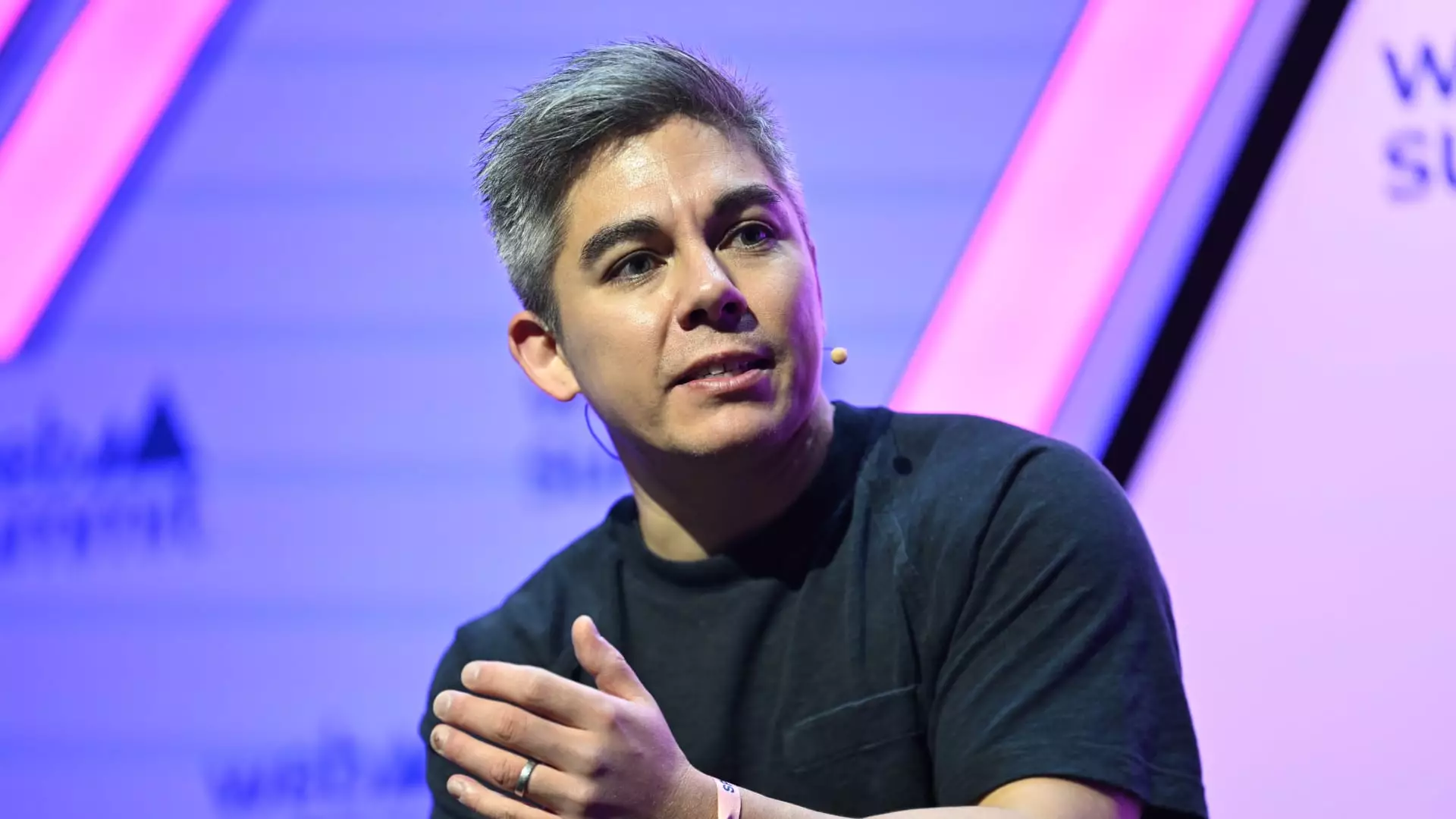In recent weeks, the financial technology sector has been abuzz with speculation following Klarna’s secretive filing for an initial public offering (IPO) in the U.S. While Klarna’s move may hint at a recovery phase in the market, many fintech unicorns are approaching this development with cautious optimism. The prospect of an IPO, often considered a rite of passage for startups, is now viewed through a pragmatic lens, illustrating a shift in how these companies strategize their growth and market entry.
Klarna, renowned for its buy now, pay later services, has found itself at the crossroads of anticipation and uncertainty. Despite the excitement surrounding its IPO plans, key metrics such as share pricing and the total number of shares to be issued remain undecided. This ambiguity mirrors the larger conversations within the fintech industry, where many founders emphasize the importance of maintaining a strong business foundation before chasing public market valuations.
Amid these conversations, notable figures like Hiroki Takeuchi, CEO of GoCardless, have articulated a compelling narrative about the necessity of focusing on business resilience. Takeuchi’s assertion that taking a public route should be viewed as a milestone rather than the culmination of success underscores a growing trend among industry leaders. He noted that the fluctuations experienced in the market over the last few years serve as reminders to prioritize business growth before venturing into public trading.
Notably, GoCardless, which specializes in facilitating recurring payments, has maintained a valuation exceeding $2 billion as of its last funding round. This valuation, combined with a strategic approach to scaling operations, suggests that the venture landscape is still fertile for growth and innovation. As Takeuchi aptly stated, “The rest will follow” if the fundamentals of the business are well-structured.
Similar sentiments resonate at Airwallex, where Lucy Liu, the co-founder, echoed the notion that the timing for an IPO has yet to be ideal. Liu’s dialogue reflects a broader industry consensus that each company is at a different developmental stage, necessitating tailored strategies in relation to public offerings. Airwallex’s focus on streamlining global cross-border payments reaffirms the sentiment that a successful IPO is merely a target on the long-term roadmap, rather than the ultimate goal.
As the discourse around IPO readiness intensifies, analysts in the fintech space are cautiously optimistic about the potential resurgence of public offerings. Perspectives from experts such as Navina Rajan from PitchBook provide valuable insights, highlighting the complex interplay between macroeconomic factors and market sentiment.
According to Rajan, the conditions enabling a favorable IPO landscape appear to be consolidating, driven by stabilizing interest rates, political developments, and a decrease in market volatility. However, Rajan underscores the unpredictability inherent in the process, pointing out that external factors, such as potential shifts in U.S. political leadership, could reinvigorate uncertainty. In this light, the vital factors governing the timing of IPOs and company valuations remain closely monitored.
Market activity has also been noteworthy this year, with fintech enterprises reportedly accruing approximately €6.2 billion ($6.6 billion) in venture capital investments through late October. The robust inflow of capital illustrates investors’ unwavering confidence in the fintech sector’s long-term viability, even as companies like Zopa, helmed by Jaidev Janardana, prioritize sustainable growth over the immediate pursuit of public status.
Looking Ahead: The Future of Fintech IPOs
Examining the comments of leaders across the fintech industry reveals a broader trend: the strategic deliberation about going public is increasingly influenced by growth opportunities and market conditions rather than mere ambition for listing. Janardana’s observation that private markets currently provide an accommodating environment for technology businesses illustrates an understanding that nurturing innovation may be more advantageous than succumbing to the pressures of market timing.
Although Janardana speculates a potential thaw in the IPO climate by 2025 in the U.S., with Europe likely to follow suit thereafter, this provides a clue into an evolving perception of timing within the industry. Companies appear to be adopting a more measured approach, opting to ensure they are competitively positioned before entering the public sphere.
As fintech companies navigate this delicate balancing act, the takeaway is clear: While the allure of an IPO remains potent, the path forward is characterized by a focus on sustainable success and strategic readiness. The current sentiment for many in the fintech sector echoes a mantra of patience and resilience, suggesting that the IPO landscape will only truly flourish when conditions align with the underlying strength of individual businesses.

